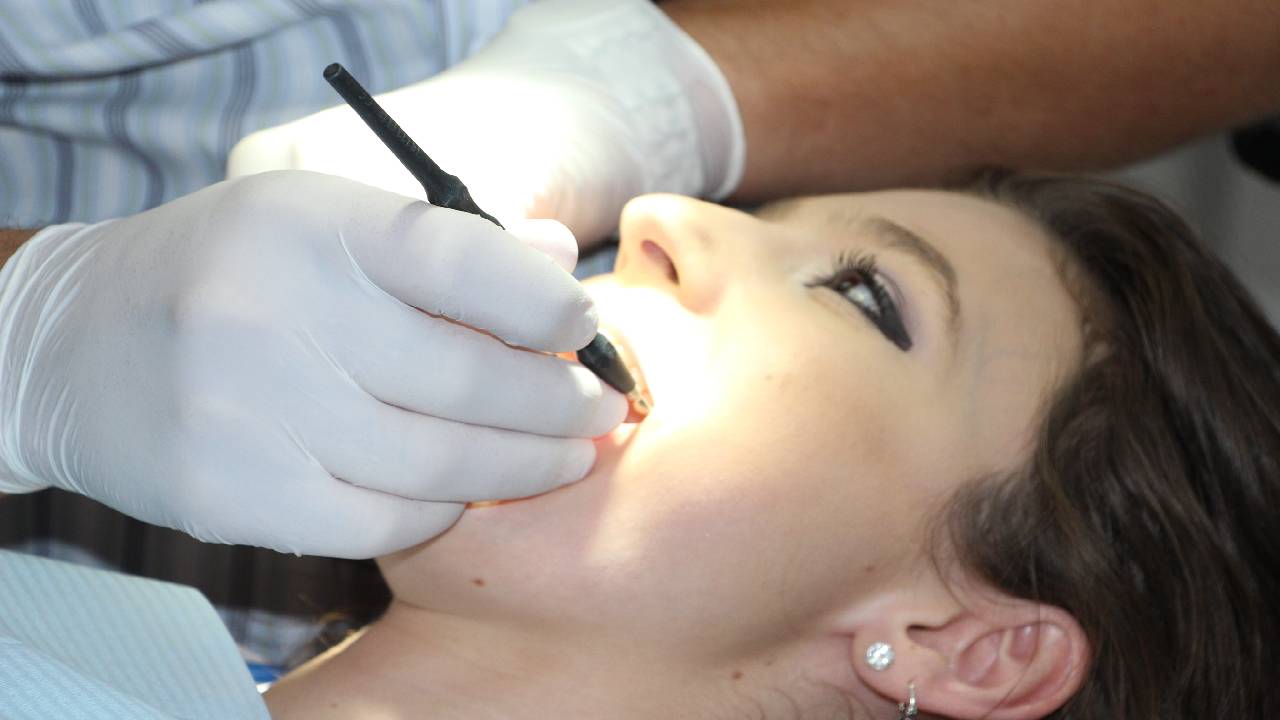Tooth decay is a pretty common problem that is prevalent in people of all ages, be it kids, teenagers, or even adults.
With proper care and precautions, this condition can be cured if diagnosed at the beginning of the decay. But if it is not addressed properly. It can become a very serious problem that requires complicated treatments to cure it.
Tooth decay occurs typically when the enamel on your teeth starts to shed off, mostly due to buildup of a layer of bacteria known as plaque, the bacteria secrete acid that eats the enamel and makes your tooth bone vulnerable and exposed to further damage. If the damage becomes severe, a root canal treatment may be required.
Table of Contents
Causes of Tooth Decay
A major reason for tooth decay is the lack of proper dental hygiene practices and regular visits to the dentist. Also, the bacteria present in cavities in our mouths process sugar and carbohydrates to produce acid, which leads to tooth decay.
Some of the major causes of tooth decay are given below:
- Poor oral hygiene
- Formation of dental plaques
- Consuming more sugary foods
- Dry mouth
- Certain medical problems
The above-given causes gradually damage your teeth leading to problems such as toothache, an increase in tooth sensitivity, and also a hole in some of your teeth.
If you have these problems, you should visit a dentist for a checkup, and if the damage is severe, the dentist would suggest you get a root canal treatment.
What is Root Canal Treatment?
This is one of the most common treatment methods performed by Endodontists, who specialize in endodontic treatments such as root canal treatments.
The procedure is performed to rid the patient of dental pain, infection, and inflammation of the inner parts of the tooth, such as root or the pulp.
The process helps to keep your other teeth safe from catching the bacteria from the infected teeth, and it also helps you avoid procedures such as teeth removal or dental implants and bridges.
Root canal treatment is performed when the dental cavity or decay may lead to infection, or even if you have a chip or a crack in your tooth, this procedure can fix it.
Is the Root Canal Treatment Painful?
In light of the various technological advancement in the field of medical science. The root canal procedures are no longer painful.
The treatment is performed to relieve the person from the pain of a decaying or infected tooth. With the proper use of anesthesia and new and advanced dental equipment, the procedure is completely painless.
Although some people experience tooth sensitivity and discomfort after the procedure, it gradually lessens and disappears if the procedure is done right.
How is Root Canal Treatment Performed?
 The innermost part of the tooth, the root canal, is the soft tissue that constitutes the nerves, blood vessels, including the odontogenic tissue. This all helps in keeping the external structure of the tooth supplied with all the necessary necessities.
The innermost part of the tooth, the root canal, is the soft tissue that constitutes the nerves, blood vessels, including the odontogenic tissue. This all helps in keeping the external structure of the tooth supplied with all the necessary necessities.
The symptoms that follow the damage to this part of the tooth consist of swelling around the tooth, pain in the gums or tooth, and sensitivity to cold and hot food products.
The treatment procedure of the root canal is a very rigorous one and often requires various sessions on different days for different parts of the procedure.
First, the endodontist performs a proper diagnosis of your tooth to offer you the right form of treatment; the diagnostic procedure involves:
- Tender on percussion is used to check any tenderness of the tooth by tapping
- Mobility
- Radiographs
- Palpation is used to locate any swelling in the gums
After diagnosis, if a root canal treatment is to be performed, the endodontist administers anesthesia to you to make sure that the area of the tooth gets numb, in turn, providing you with treatment without any pain.
The endodontist prepares an access cavity into the infected tooth, after which they proceed to remove the entire pulp of the tooth from the root canal, which is mostly done with the help of instruments such as files.
After that, the endodontist proceeds to clean your root canal completely and to shape it properly, and also saline is put into the tooth to flush out any debris.
The number of root canals that need to be performed depends on the number of roots present, and mostly for the front tooth. Which is highly susceptible to damage, a single root canal is required as only one root is present.
After the cleaning and reshaping of the canal. The endodontist seals the tooth with a temporary filling material after properly medicating the canal so it might heal properly.
The last to the final step in the procedure is the obturation of the tooth. In this step, the endodontist removes the temporary filling from the tooth and cleans the canal thoroughly and then proceeds to fill the tooth with obturating material to maintain the tooth’s integrity.
The final step is to permanently restore the tooth, which is done by putting a crown on your teeth. Which are made of ceramic or metal whichever your preference might be. The crown helps the tooth to regain its proper functioning.
Some people feel discomfort after the treatment. And it usually goes away but can also be reduced by the medication suggested by the endodontist.
Root Canal Treatment Cost
The cost of this treatment varies according to the severity of the case and the amount of effort it would take to restore the teeth properly. The laser-assisted root canal is very expensive but provides more comfort.
Conclusion:
With the success rate of 95%, root canal treatment is one of the best procedures that you can get to stop your teeth from decaying further and causing other problems.
After getting the treatment, make sure to follow the guidelines given by the doctor. Which will help you maintain your tooth properly and also provide you with comfort after the procedure.
Also, brush your teeth regularly and maintain good dental hygiene.
Also Read:

